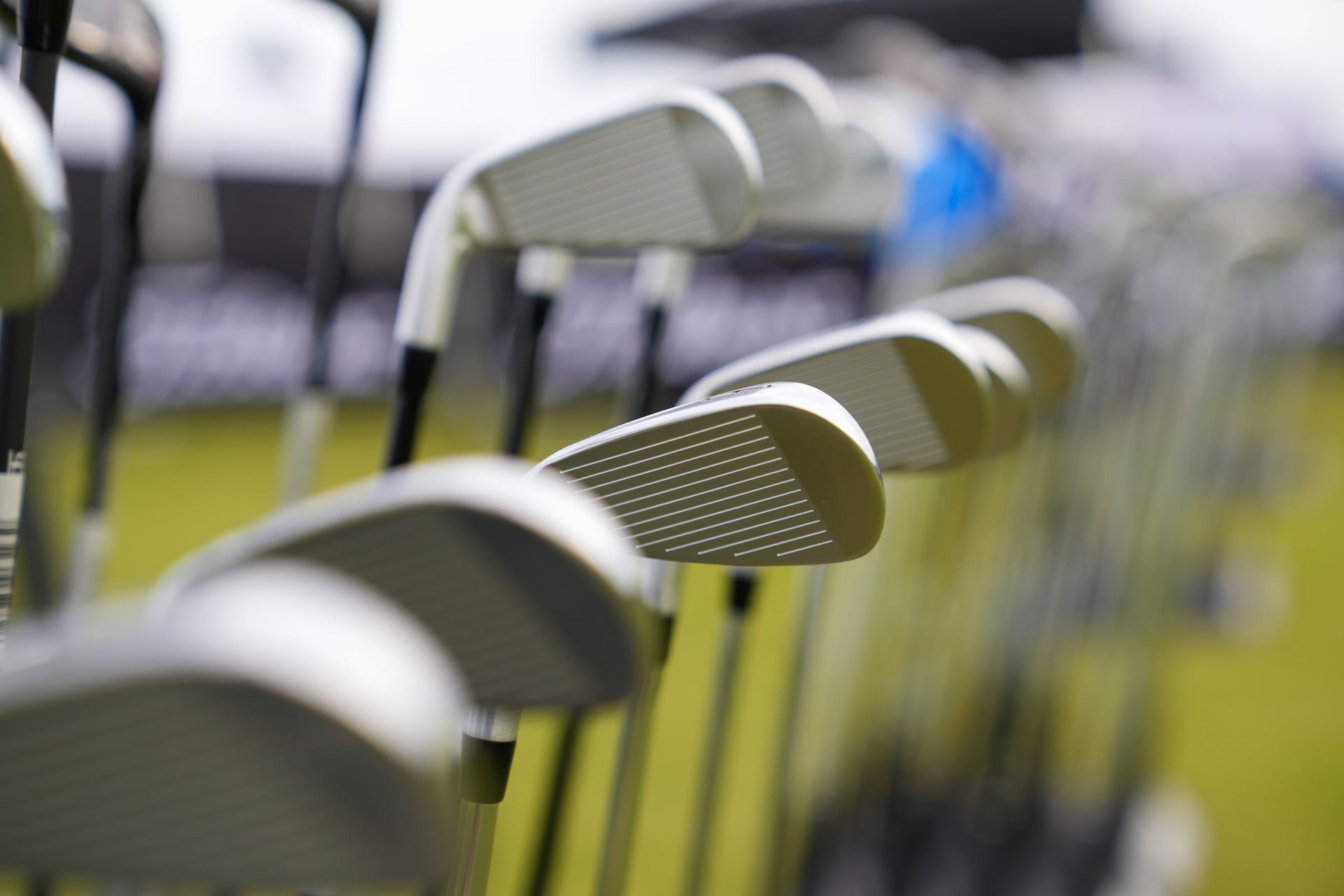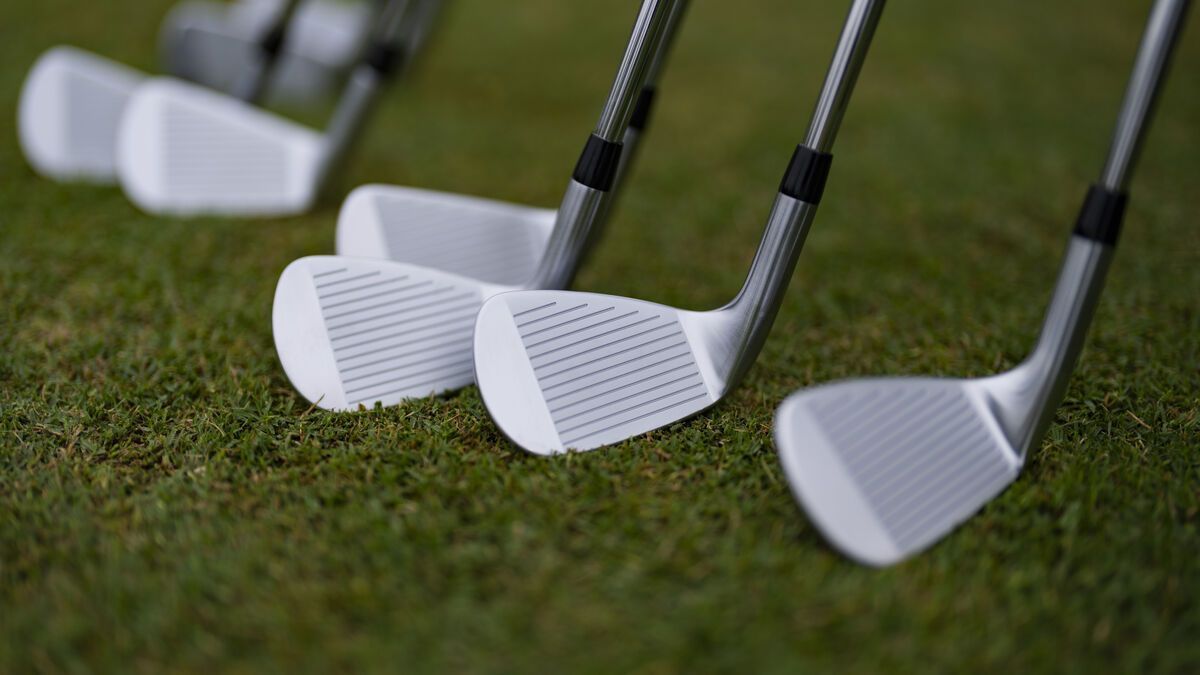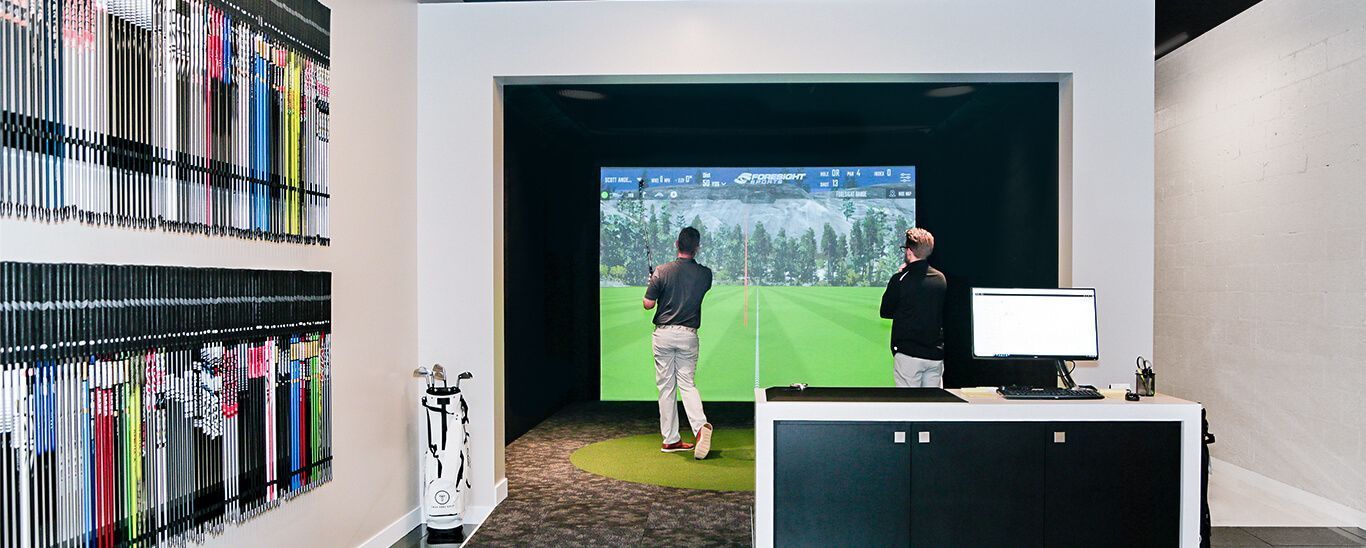April 17, 2025
Are Expensive Golf Clubs Worth It? A Deep Dive

Breaking Down the Hype, the Science, and the Real-World Impact of High-End Golf Gear

In nearly every golfer’s journey, there comes a moment when the temptation creeps in: should I drop serious money on a premium set of golf clubs? It’s easy to get caught up in the buzz around top-tier brands, the tech talk in product launches, and the lure of looking like a pro on the first tee. But do expensive clubs actually deliver better performance, or are we just paying for prestige, branding, and shiny finishes?
This question doesn't have a one-size-fits-all answer. The truth lies somewhere between marketing hype and measurable improvements. So let’s take a closer look—from performance metrics and materials to how skill level plays into the equation—to answer the question: are expensive golf clubs really worth it?
The Psychology of Premium Clubs
Before we even talk about materials or tech, we have to acknowledge the psychology of premium gear. Golfers, like athletes in any sport, are always looking for an edge. If a club promises more distance or better forgiveness—and it looks incredible while doing it—it’s easy to convince ourselves that it’s a must-have. This psychological effect is real: feeling confident in your gear can boost your performance. But is that boost based on real improvement, or just perception?
This phenomenon is known as the placebo effect of performance gear . Numerous studies in other sports have shown that athletes perform better simply because they believe their equipment is superior. In golf, confidence is king, and using a club that feels high-end can mentally prime a player for success—even if the numbers don’t drastically change.
Performance Gains: Do They Justify the Price?
Let’s get to the core question: does a $1,200 driver or a $3,500 iron set tangibly outperform mid-tier alternatives?
The answer is both yes and no. In robot tests conducted by independent reviewers and golf publications, high-end clubs often do outperform cheaper options—but only by a margin of a few yards or slightly tighter dispersion patterns. For elite players, those minor gains can make a difference. But for the average weekend warrior? Not always.
- Drivers: Premium drivers typically offer more adjustability, better face materials, and refined aerodynamics. These can help players fine-tune their launch and spin conditions. But if you're swinging inconsistently, the forgiveness differences between a $600 driver and a $300 one may be negligible in practice.
- Irons: With irons, it gets more nuanced. High-end forged irons may offer better feedback and workability—great for better players. But many average golfers benefit more from the forgiveness of game-improvement irons, some of which are found in more affordable lines.
- Putters & Wedges: These short-game tools are less about distance and more about feel. Premium putters and wedges often boast superior milling and tighter tolerances. For touch-based aspects of the game, the difference can be more noticeable—even for mid-handicappers.
Materials and Manufacturing: What Are You Really Paying For?
Higher price tags often correlate with better materials and manufacturing precision. Tour-level clubs are built with tighter specs and more exotic metals or carbon composites.
For example:
- Forged irons are made from single billets of soft carbon steel, offering a buttery feel and precise control. They're more expensive to produce.
- Carbon composite drivers are lighter and allow for better weight distribution, helping to optimize launch conditions.
- Milled putters involve hours of machine work and quality control to ensure exacting specs—this isn’t cheap labor.
So yes, a lot of the cost comes from materials and craftsmanship. The catch is that these high-end perks are most beneficial to golfers who can take advantage of them.
Skill Level: The Most Important Factor
Here’s where it gets really interesting: the benefits of expensive clubs are directly tied to your ability level. A scratch golfer might see consistent value in a high-MOI putter or a forged set of irons that allows precise shot-shaping. But a 20-handicapper might struggle to get the most out of those same clubs.
Expensive clubs are often built for consistency, not correction. That means players who already strike the ball well will notice and benefit from premium construction and materials. Higher-handicap players are usually better served by clubs designed with forgiveness in mind—regardless of price.
One of the biggest mistakes newer golfers make is assuming that higher cost means better results. In reality, custom fitting and proper shaft selection are far more important than brand or price. A $400 fitted driver can outperform a $600 off-the-rack one if it better suits your swing.
Custom Fitting: The Great Equalizer
A $2,000 iron set won’t save your score if it doesn’t match your swing. That’s where fitting comes in. Ironically, many golfers spend thousands on clubs but skip the fitting process altogether. That’s like buying a race car and never adjusting the seat or mirrors.
When clubs are properly fit for your height, lie angle, swing speed, and playing style, even a mid-tier set can feel and perform like a dream. That’s why club fitting is arguably more valuable than the club’s price tag itself.
Most major manufacturers offer fitting sessions through retailers or brand reps. You’ll try different shaft options, lie angles, and clubhead designs to dial in what works best for you. If you're going to splurge on anything in your golf gear journey, make it a proper fitting.

Prestige, Branding & Ego: Let’s Be Honest
Part of the appeal of expensive clubs is simply the image. There’s a reason you see certain brands dominate the bags on tour: they represent performance, yes, but also status. That appeal trickles down to amateur players who want to emulate the pros.
There's nothing wrong with that. Golf is a passion. If a $500 putter makes you feel good every time you pull it out of the bag, and you can afford it, go for it. But don’t expect your scores to magically drop just because your irons have a tour player’s initials engraved on them.
Think of it like driving a luxury car. A Mercedes and a Toyota can both get you from A to B reliably—but the former might make you feel a bit cooler while doing it. It’s a lifestyle choice more than a purely practical one.
Used Clubs & Value Buys: The Smarter Play?
The best-kept secret in golf is the used club market. Clubs depreciate quickly—just like cars. A driver that was $500 two years ago might now be $200 in excellent condition, with nearly identical tech.
Sites like GlobalGolf, Callaway Pre-Owned, or even local shops often sell certified used gear with warranties. It’s a fantastic way to access premium clubs without the premium markup. In many cases, a two-year-old top-tier driver will outperform a brand-new budget option, for less money.
Similarly, direct-to-consumer brands like Sub 70, Takomo, and Haywood are shaking up the market by offering high-quality components at much lower prices. These brands cut out the middlemen and don’t rely on massive marketing budgets—passing the savings on to the golfer.
The Verdict: Are Expensive Clubs Worth It?
So—are expensive golf clubs worth it? Here’s the bottom line:
They can be. If you’re a skilled golfer who values precision, consistency, and feel, premium clubs offer real benefits—especially when custom fit. If you’re an improving player with a flexible budget who wants to invest in your game, they can be part of that journey.
But they’re not a magic fix. Without proper fitting, practice, and fundamentals, the most expensive club in the world won’t straighten your slice or stop you from chunking wedges.
For most recreational golfers, value lies in a smart combo: mid-tier or used clubs that are well-fit and matched to your game. And if you do want to splurge? Focus first on the short game—putters and wedges are where premium feel and quality often pay the biggest dividends.
Final Thoughts
Golf is both a game and a passion—and passions are worth spending money on if they bring you joy. But from a performance standpoint, it’s less about what’s in your bag and more about how well it fits you and how much you practice.
So next time you’re eyeing that $4,000 custom iron set, ask yourself: will this really make a difference in my game—or is it just going to look good in my trunk?Either answer is fine. Just make sure you know which one you’re paying for.
What’s In Your Bag? We’d love to hear what gear you’re playing and whether you’ve made the switch to premium clubs—or found a diamond in the rough. Drop a comment below or connect with us on social.
Fairway Control is all about smarter golf, not just pricier golf.
More from Fairway Control












